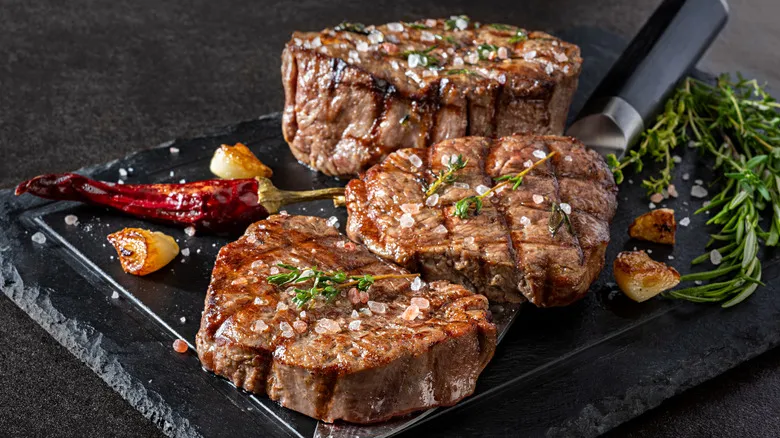If possible, go for USDA Prime beef
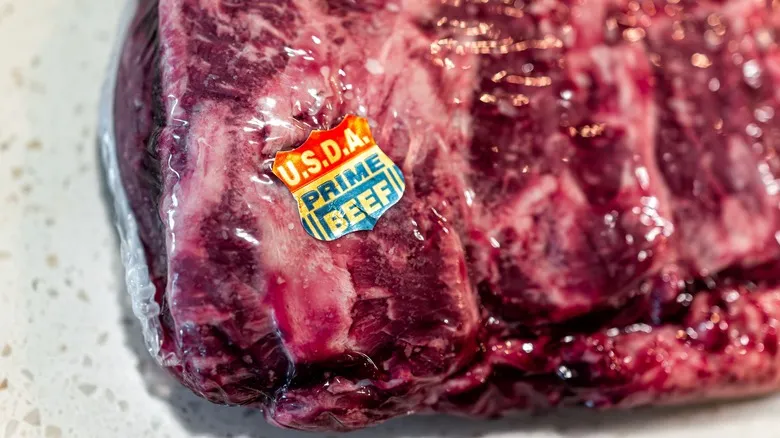
When you're in the market for beef tenderloin, particularly the pre-packaged varieties available in the supermarket's meat section, you'll usually notice a USDA Grade label affixed to the front. This label provides insight into the meat's flavor and quality. For those unfamiliar, here's a brief overview of USDA grading: Based on various factors such as marbling, juiciness, and flavor, the USDA assigns one of three grades to commercially sold beef: Prime, Choice, and Select. (While there are technically eight grades, only these three are typically available for purchase in stores; the others are generally ground or used in processed products.)
The highest quality beef is classified as Prime. USDA Prime tenderloins are sourced almost exclusively from young, well-nourished cattle, resulting in exquisite marbling (intramuscular fat) throughout the meat. When cooked, this fat melts, delivering a rich flavor that coats your palate. Naturally, this quality comes with a higher price tag, with Prime tenderloins costing up to $30 per pound, but the juiciness and flavor make it a worthwhile investment.
However, that doesn't mean Choice and Select tenderloins aren't worth considering. While they may not be as flavorful as Prime, a little extra seasoning or a good marinade can enhance their taste significantly.
Head or tail (or center?)

A whole beef tenderloin is a substantial, elongated cut of meat that typically weighs around 6 pounds. This entire tenderloin can easily serve about eight to twelve people. For smaller gatherings or if you intend to prepare steaks from the tenderloin, it's advisable to have it portioned. The beef tenderloin can be divided into three primary sections.
The first section is the head, which, contrary to its name, is located at the rear of the animal. This part is noticeably thicker and larger than the tail end. It can be cubed and skewered for beef kebabs or diced for a hearty beef stew.
The center-cut, often referred to as chateaubriand, is the succulent portion found between the head and the tail, right in the middle of the tenderloin. This cut can be roasted or transformed into steaks. Finally, the tail, situated closer to the neck of the cattle, is thinner and smaller than the head. It is typically used to create filet medallions, which are smaller but thicker versions of filet mignon.
To trim or not to trim?
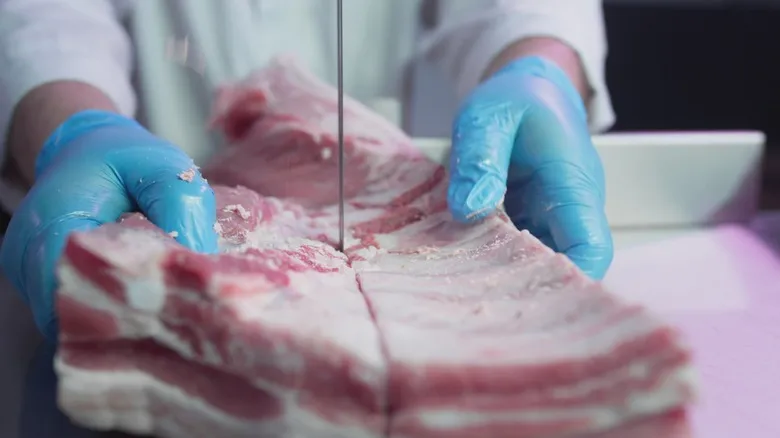
A beef tenderloin can be purchased in two forms: untrimmed or trimmed. Untrimmed means you’ll receive the entire cut, including all the fat and the silver skin (a whitish membrane attached to the tenderloin). This option is less expensive because the butcher doesn’t need to spend extra time removing these parts. On the other hand, trimmed tenderloin is cleaned up, showcasing only the marbling that weaves through the red meat as the sole indication of fat.
Many people opt for trimmed tenderloin for a good reason. The silver skin doesn’t break down during cooking and can make the meat tough, so it needs to be removed. Getting it trimmed in advance saves a significant amount of time and effort. However, if a trimmed beef tenderloin exceeds your budget, you can always choose the untrimmed version and remove the unwanted parts yourself. This approach is a smart way to save money while investing a little time and effort.
Plan ahead for how much tenderloin to buy
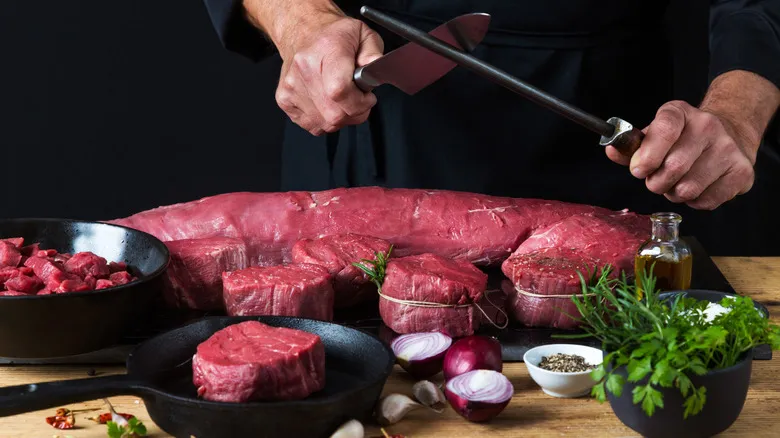
Imagine you've selected the ideal tenderloin; now the crucial question is how much to purchase. If you're hosting a large gathering with more than six guests, opting for a whole beef tenderloin is advisable. However, in most cases, you'll likely want just a portion of the tenderloin.
If the roast is the main attraction on the table with only a few side dishes, plan on serving approximately 8 ounces of meat per person. While this may seem like a substantial amount, remember that the tenderloin will lose some volume during cooking. The extra will ensure everyone has enough on their plate. If you have several side dishes that will fill everyone up before they can finish the beef, or if you want to save some for a roast beef sandwich the next day, consider reducing the serving size to about 6 ounces per person.
For a dinner party of around six people (including yourself), aim to purchase approximately 2 ¼ to 3 pounds of tenderloin. This should provide everyone with a few generous, thick slices and perhaps even a little extra in case anyone wants seconds.
Where to shop for beef tenderloin
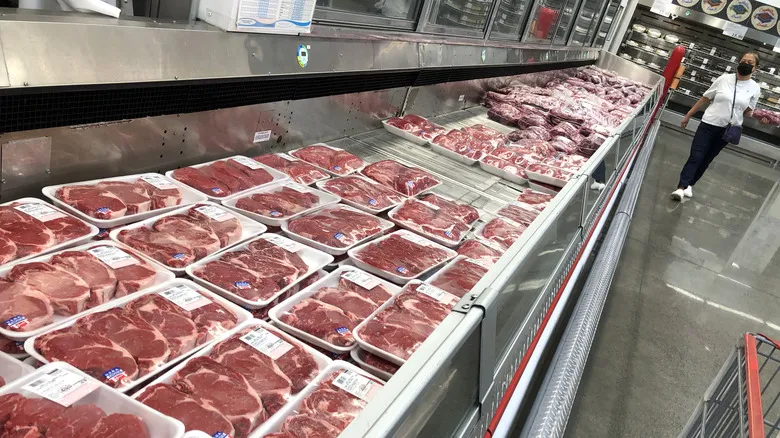
If you're looking to save on beef tenderloin and have a membership at Costco or Sam's Club, you're in for a treat. These retailers often offer great deals on beef tenderloin, with untrimmed cuts sometimes dropping to around $15 per pound. Additionally, buying in bulk can lead to significant savings.
Conversely, if you prefer a more tailored experience or have specific requests, visiting a butcher is the best option. They can provide expert guidance in selecting the ideal tenderloin and can customize the trimming or cutting to your preferences. Many butchers source their meat from local farms, ensuring freshness and supporting your community. However, be ready to pay a premium, as prices can reach $35 per pound or more, depending on the cut you choose.
Ultimately, whether you decide on a big-box store or a butcher, keep an eye out for tenderloins with vibrant color, even marbling, and a firm texture. The roast or steak you've been eager to prepare will turn out juicy, bursting with flavor, and irresistibly tender every time!
Recommended
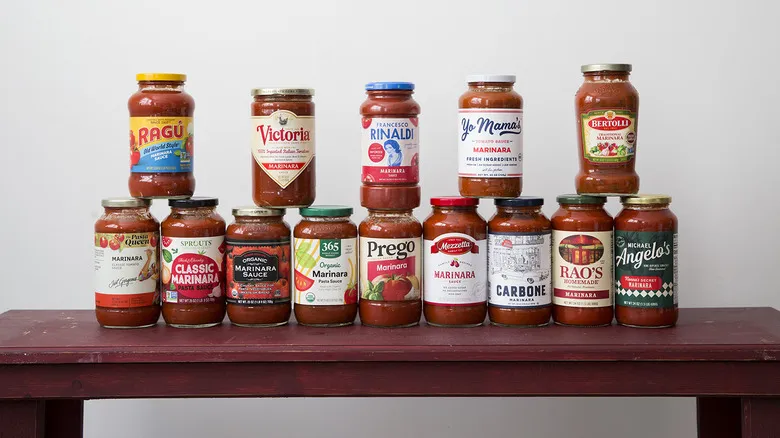
14 Popular Store-Bought Marinara Sauces, Ranked

What You Need To Know Before Shopping At Restaurant Depot
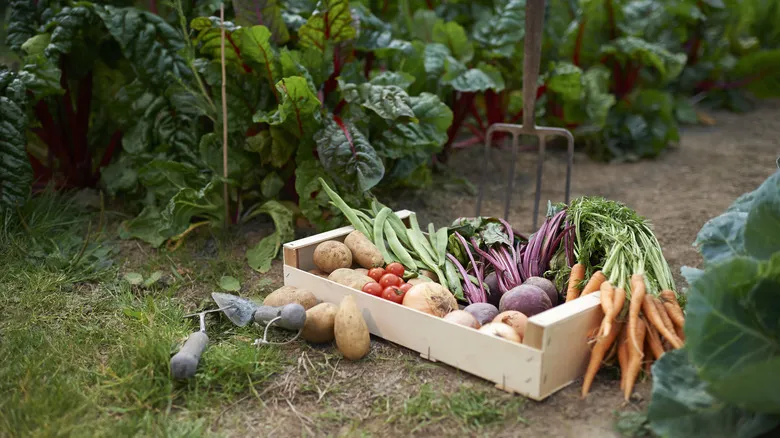
9 Best Places To Buy Fruit & Vegetable Plants Online
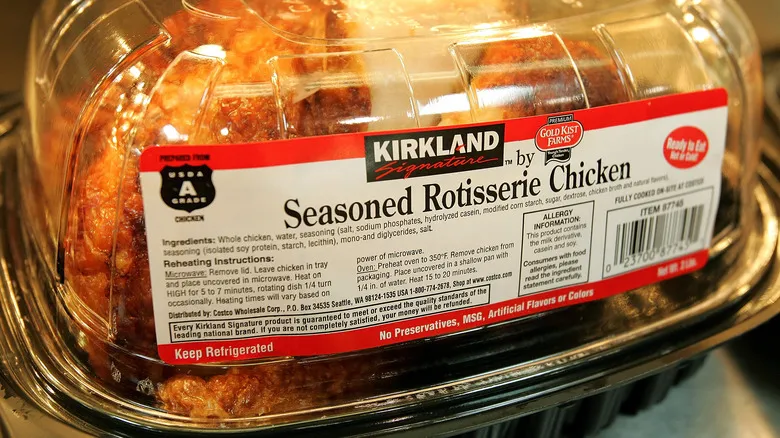
Pick Out The Best Rotisserie Chicken At Costco With These Simple Tips
Next up

